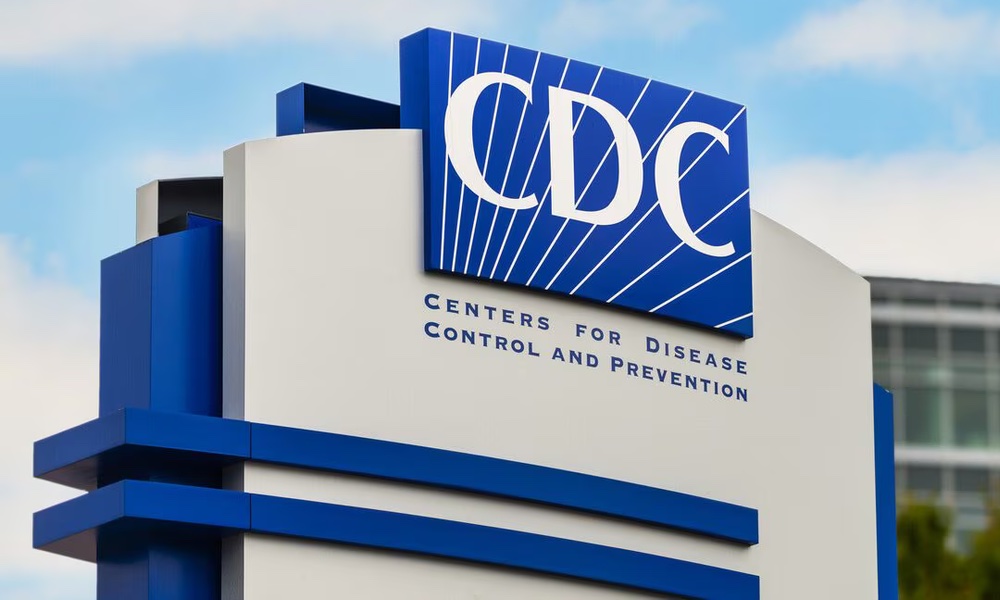You may have felt your blood pressure rise when you read the news that the baseline for high blood pressure has been changed. Previously, readings of 140/90 were the starting point at which a person was said to have high blood pressure or hypertension. That's now been lowered to a reading of 130/80.
The new guidelines were developed by the American Heart Association, the American College of Cardiology and nine other health professional organizations. People whose blood pressure is between 130/80 and 140/90 probably won't have to start taking medication. They will most likely be asked to make some lifestyle changes instead.
Losing weight, exercising more, eating less salt and more fruit, vegetables and whole grains are all lifestyle changes that can lower blood pressure. More importantly, they can help you keep your blood pressure where it needs to be.The impact of the new guidelines is expected to be strongest among young and middle-age adults. The prevalence of high blood pressure is expected to triple for men under 45 and double for women under 45.
Blood pressure tends to rise slowly with age and as it does, it begins to damage blood vessels, increasing a person's risk of a heart attack, stroke and other serious medical conditions. Too often, by the time treatment starts, damage has often occurred, so the idea behind the change is to have treatment begin earlier.
The new guidelines define normal blood pressure as “one-twenty over eighty” — 120/80 — and under. Blood pressure is not considered to be high (stage 1 hypertension) until it hits 130/80.
The shift to 130/80 will affect a lot of people. About a third of the country had high blood pressure by the previous standards. That's expected to rise to 47 percent now. The impact of the new guidelines is expected to be strongest among young and middle-age adults. The prevalence of high blood pressure is expected to triple for men under 45 and double for women under 45.If your blood pressure is above 140/90, the guidelines say your doctor should recommend that you make lifestyle changes and take two kinds of blood pressure-lowering medications.
It's not clear yet how doctors will respond to the new guidelines which take blood pressure readings doctors have considered normal all their lives and re-interprets them as a medical condition that needs treatment.
Doctors, including your own, will probably need time to digest the new guidelines. They are extremely long — the version in the Journal of the American College of Cardiology runs 193 pages. Those published in Hypertension, with journal references, run to 283 pages.
Here's some of what the recommendations call for:





